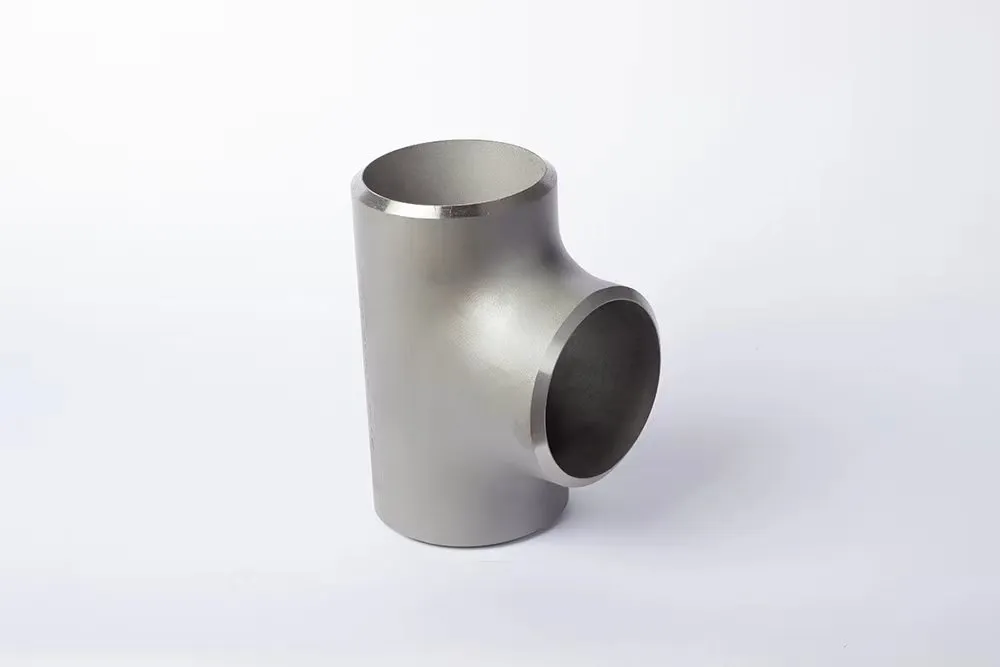-
Cangzhou Yulong Steel Co., Ltd.
-
Phone:
+86 13303177267 -
Email:
admin@ylsteelfittings.com
- English
- Arabic
- Italian
- Spanish
- Portuguese
- German
- kazakh
- Persian
- Greek
- French
- Russian
- Polish
- Thai
- Indonesian
- Vietnamese
- Zulu
- Korean
- Uzbek
- Hindi
- Serbian
- Malay
- Ukrainian
- Gujarati
- Haitian Creole
- hausa
- hawaiian
- Hebrew
- Miao
- Hungarian
- Icelandic
- igbo
- irish
- Japanese
- Javanese
- Kannada
- Khmer
- Rwandese
- Afrikaans
- Albanian
- Amharic
- Armenian
- Azerbaijani
- Basque
- Belarusian
- Bengali
- Bosnian
- Bulgarian
- Catalan
- Cebuano
- China
- China (Taiwan)
- Corsican
- Croatian
- Czech
- Danish
- Esperanto
- Estonian
- Finnish
- Frisian
- Galician
- Georgian
- Kurdish
- Kyrgyz
- Lao
- Latin
- Latvian
- Lithuanian
- Luxembourgish
- Macedonian
- Malgashi
- Malayalam
- Maltese
- Maori
- Marathi
- Mongolian
- Myanmar
- Nepali
- Norwegian
- Norwegian
- Occitan
- Pashto
- Dutch
- Punjabi
- Romanian
- Samoan
- Scottish Gaelic
- Sesotho
- Shona
- Sindhi
- Sinhala
- Slovak
- Slovenian
- Somali
- Sundanese
- Swahili
- Swedish
- Tagalog
- Tajik
- Tamil
- Tatar
- Telugu
- Turkish
- Turkmen
- Urdu
- Uighur
- Welsh
- Bantu
- Yiddish
- Yoruba

Dec . 10, 2024 19:12 Back to list
Sanitary Concentric Reducer for Efficient Pipeline Integration and Flow Optimization
Understanding Sanitary Concentric Reducers in Modern Plumbing Systems
In the field of plumbing and processing industries, the term sanitary concentric reducer often arises, reflecting a crucial component in maintaining the integrity and efficiency of fluid flow systems. These reducers play a vital role in various applications, particularly in the food and beverage, pharmaceuticals, and biotechnology sectors. In this article, we will explore the function, design, and significance of sanitary concentric reducers, alongside how they contribute to optimal system performance.
What is a Sanitary Concentric Reducer?
A sanitary concentric reducer is a fitting used in piping systems to connect two pipes of different diameters while preserving a smooth and uninterrupted flow of liquids or gases. Unlike eccentric reducers, which have a side profile that can introduce turbulence, concentric reducers feature a symmetrical design that maintains a consistent centerline, making them ideal for applications requiring strict sanitary conditions.
The primary function of these fittings is to facilitate a gradual transition between pipe sizes. This design minimizes pressure drops and turbulence, which are critical factors in maintaining the quality of sensitive materials like food products or pharmaceuticals.
Design Features
Sanitary concentric reducers are typically made from high-quality materials like stainless steel, which are resistant to corrosion and bacteria. This is particularly important in sanitary applications where cleanliness is paramount. The surfaces of these reducers are polished to a smooth finish, preventing the accumulation of contaminants and facilitating easy cleaning.
Another essential design feature is the lack of welded seams, which could harbor bacteria. Instead, these reducers are often manufactured using seamless technology, ensuring a higher level of hygiene and safety. Additionally, they are typically equipped with tri-clamp or welded ends, allowing for secure connections with other sanitary fittings or components.
Importance in Sanitary Applications
sanitary concentric reducer

In industries where hygiene is critical, the selection of the right fittings plays a significant role in preventing contamination. Sanitary concentric reducers ensure that the flow of liquids and gases is controlled and efficient, reducing the risk of product degradation. This is particularly important in food and beverage processing, where the quality of the final product must meet stringent safety standards.
Furthermore, these reducers are versatile enough to be used in various installations, whether in pipelines transporting purified water for pharmaceuticals or in systems designed for food production. The design's focus on maintaining laminar flow is crucial for preserving the quality and integrity of sensitive materials.
Installation and Maintenance
Proper installation of sanitary concentric reducers is crucial to their effectiveness. They should be installed in accordance with industry standards to ensure optimal performance. This often involves aligning the reducer with existing pipes, securing joints properly, and ensuring that the fittings are clean and free from debris before assembly.
Maintenance is also vital in prolonging the life and effectiveness of these reducers. Regular inspections should be conducted to check for any signs of corrosion, leaks, or buildup of materials on the surfaces. Given that hygiene is the priority, frequent cleaning and sanitization of the reducers are recommended, often using specialized cleaning solutions to eliminate any residues without damaging the metal surfaces.
Conclusion
Sanitary concentric reducers are indispensable components in modern plumbing and processing systems. Their design facilitates efficient transitions between varying pipe diameters while maintaining the highest hygiene standards, making them a preferred choice in industries where contamination cannot be tolerated. By ensuring laminar flow, preventing pressure drops, and allowing for secure connections, these reducers not only enhance system performance but also contribute significantly to product safety and quality.
As industries continue to evolve and stringent regulations dictate practices within the food, beverage, pharmaceutical, and biotechnology sectors, the role of sanitary concentric reducers will likely grow in importance. Their ability to support efficient, safe, and reliable fluid transfer underscores why they are considered an essential element of contemporary sanitary engineering practices.
Latest news
-
ANSI 150P SS304 SO FLANGE
NewsFeb.14,2025
-
ASTM A333GR6 STEEL PIPE
NewsJan.20,2025
-
ANSI B16.5 WELDING NECK FLANGE
NewsJan.15,2026
-
ANSI B16.5 SLIP-ON FLANGE
NewsApr.19,2024
-
SABS 1123 FLANGE
NewsJan.15,2025
-
DIN86044 PLATE FLANGE
NewsApr.19,2024
-
DIN2527 BLIND FLANGE
NewsApr.12,2024
-
JIS B2311 Butt-Welding Fittings LR/SR 45°/90° /180°Seamless/Weld
NewsApr.23,2024











